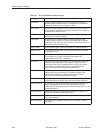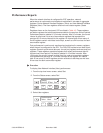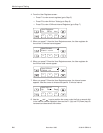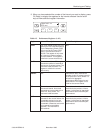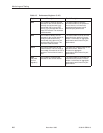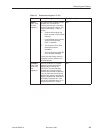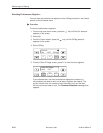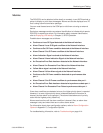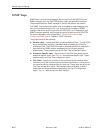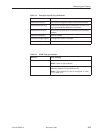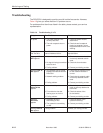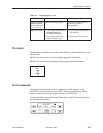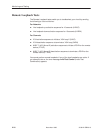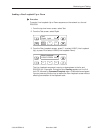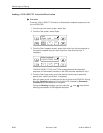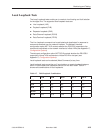
Monitoring and Testing
4-12
3166-A2-GB20-10
November 1998
SNMP Traps
SNMP traps are unsolicited messages that are sent from the DSU/CSU to an
SNMP manager when the DSU/CSU detects certain pre-specified conditions.
These traps enable the SNMP manager to monitor the state of the network.
The SNMP Trap configuration option must be enabled for trap messages to be
sent over the communications link. You must specify the number of SNMP
managers that are to receive traps from this DSU/CSU, an IP address for each
SNMP manager specified, and the type of traps to be sent from this DSU/CSU.
For more information, refer to Appendix C,
Configuration Options
,
and
Configuring SNMP Traps
in Chapter 3,
SDCP Operation
.
Trap types consist of the following:
H General traps – Include warmStart and authenticationFailure. The DSU/CSU
sends a warmStart trap after it has been reset to indicate that it has just
reinitialized itself. The DSU/CSU sends an authenticationFailure trap when it
has received an SNMP protocol message that has not been properly
authenticated. These traps are set by the Gen Trap configuration option.
H Enterprise Specific traps – Signify that the DSU/CSU has recognized an
enterprise-specific event. See Table 4-4 for enterprise-specific traps. These
traps are set by the Entp Trap configuration option.
H Link Traps – Identify the condition of the communications interface, either
linkDown (one of the communications interfaces has failed) or linkUp (one of
the communications interfaces has just come up). These traps are set by the
Link Trap configuration option. The communications interfaces for which
these traps can be generated are specified by the Trap I/F configuration
option. Table 4-5 defines traps for each interface.



